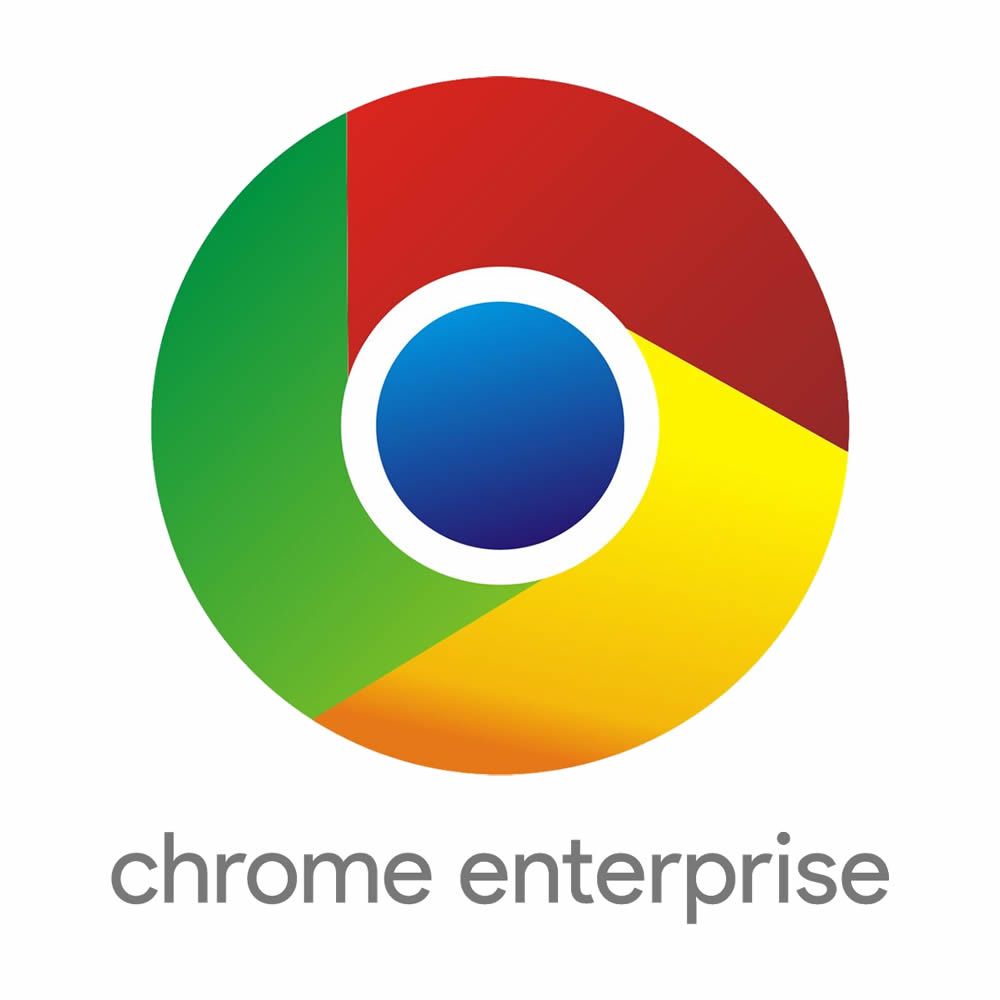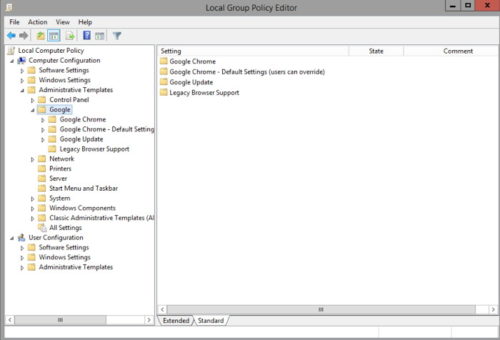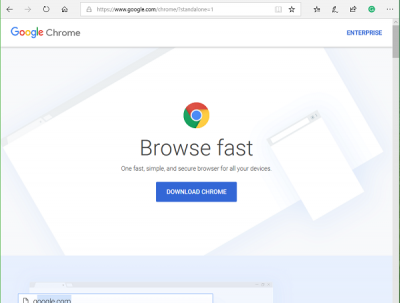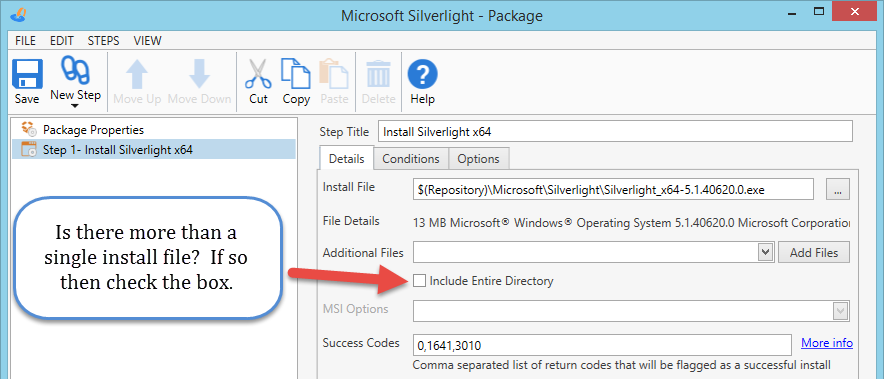
There are a number of factors that could influence an organization's decision to deploy Chrome Enterprise: Additionally, it enables IT managers to set up and control Chrome on company devices and combine Chrome with other business systems like Microsoft Active Directory. It has capabilities including device management, policy management, and compatibility for Chromebooks and other Chrome devices. A user must have a legitimate G Suite or Cloud Identity account linked to their organization's Chrome Enterprise license in order to log in to Chrome Enterprise.Ī Google Chrome version designed for use by corporations and organizations is called Chrome Enterprise. The price of the service is determined by a per-user, per-year subscription model and may change dependent on the quantity of users, the features needed, and other elements. For businesses of all sizes, Chrome Enterprise offers security, management, productivity, integration, and cost-saving capabilities. It has capabilities including device management, policy management, and compatibility for Chromebooks and other Chrome devices.Īdditionally, it enables IT managers to set up and control Chrome on company-owned devices and combine Chrome with other business software like Microsoft Active Directory, G-Suite, and Google Workspace. You can also read here for additional info.A Google Chrome version designed for use by corporations and organizations is called Chrome Enterprise. It will work even if IE Enhanced Security is turned on, thus making it very useful for Windows Server brand-new installations when IE will prevent you from downloading Chrome.

Well, technically it isn't an one-liner, but it works like it is.

You can "silently install" Google Chrome on any modern Windows OS with the following Powershell one-liner: $LocalTempDir = $env:TEMP $ChromeInstaller = "ChromeInstaller.exe" (new-object ).DownloadFile('', "$LocalTempDir\$ChromeInstaller") & "$LocalTempDir\$ChromeInstaller" /silent /install $Process2Monitor = "ChromeInstaller" Do Until (!$ProcessesFound) $("Authorization", "Basic " + $credentialsB64) Ĭ:\temp\chrome_installer.exe /silent /install $credentialsB64 = ::ToBase64String($credentialsB64) $credentialsB64 = ::UTF8.GetBytes($credentials)


# our curl command, with basic authentication if $credentials provided C:\temp is an existing directory that you can access (or just change your $filePath).ensure you are running PowerShell in Administrator mode.The code will call Get-Url and silently execute chrome_installer.exe.Create a ps1, psm1 or simply copy and paste and execute this code block in PowerShell.If you need basic auth, I've provided parameters for that too. If only PowerShell 2.0 had a native one-line curl.įor simplicity, I created my own, which takes a url and downloads the content.


 0 kommentar(er)
0 kommentar(er)
